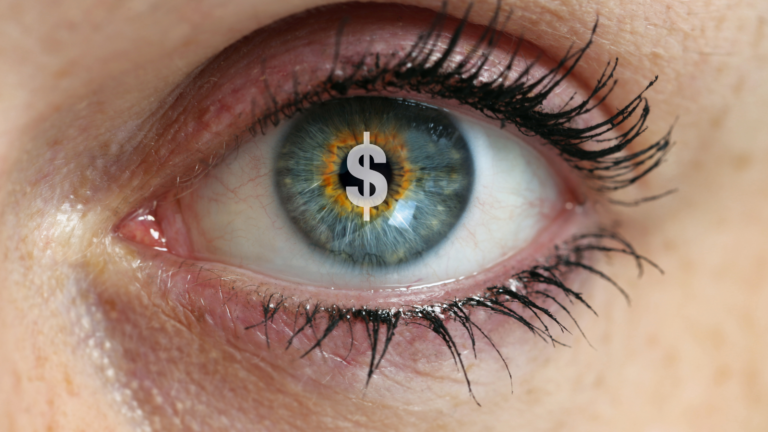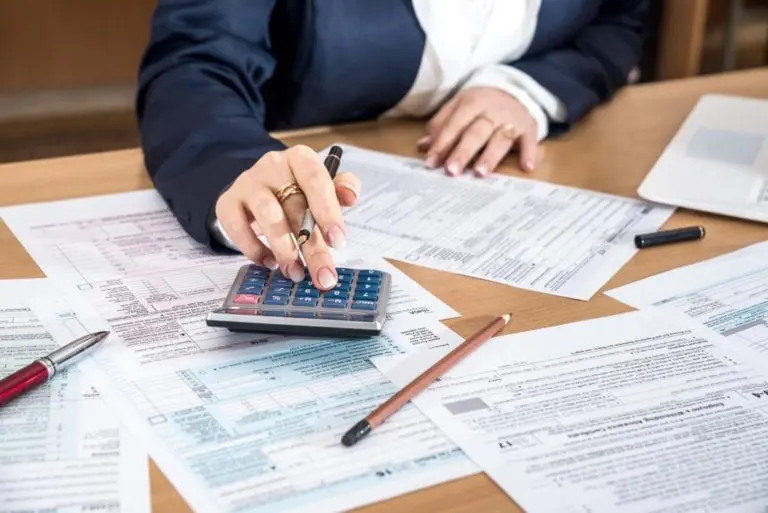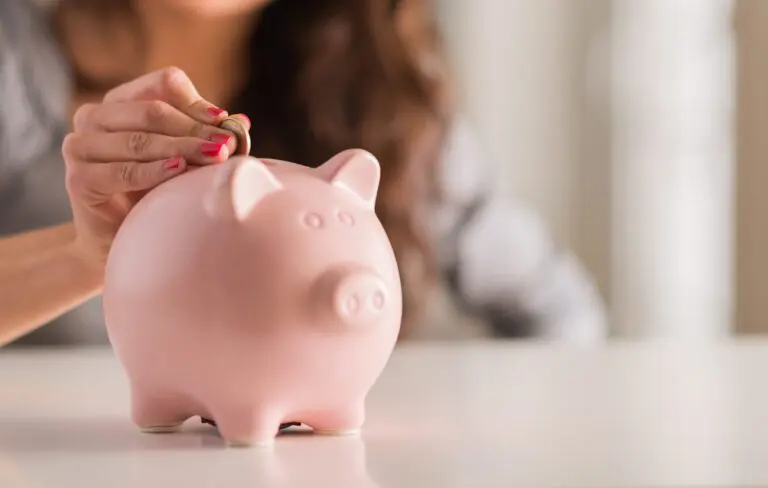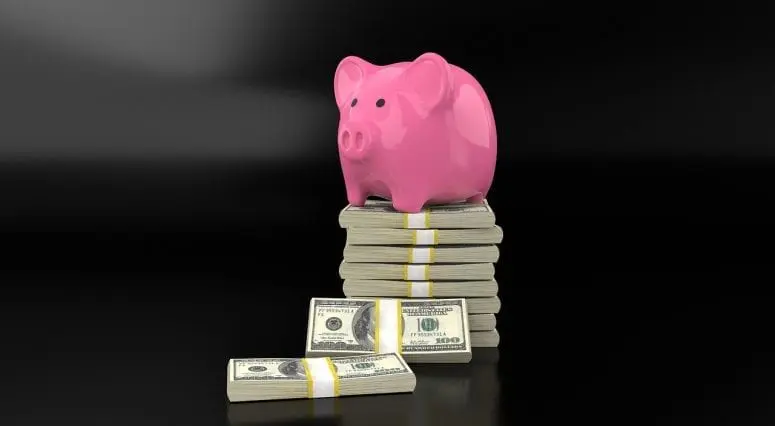Your Options and the Consequences of Debt Relief

Crushing debt can take over your life. It can be hard to focus when all you can think about is that steadily growing number. Eventually, your debt may grow so large you can’t see a way out of it, and that is when you may begin to look at debt relief programs. Debt relief isn’t one size fits all, so today we’re going to look at your options and the consequences of debt relief.
1. Debt Consolidation Programs
There are many different types of debt consolidation programs, depending on what type of debt you owe. There are programs for student loans, overdue taxes, and any unsecured credit, such as credit cards. The way debt consolidation works is you basically take out one loan that will cover all your debts, and then make one monthly payment that goes towards everything. This type of debt relief program is good because you don’t need to worry about keeping track of multiple monthly payments. You may also be able to save money on your repayments by securing a low-interest debt consolidation loan. If you can secure a lower interest rate then you may manage to pay off your debt faster, since you’ll be putting more money towards your principal debt instead of interest charges.
2. Debt Management Programs
A debt management program assigns you to a credit counselor who will help you make a plan to pay off your debt in the most efficient and realistic way possible. They expect that you commit to a plan and may put rules in place regarding your future financial decisions.
While debt relief programs have helped many people get out of debt, there are some consequences to using them. Under debt management, your counselor will get in touch with the companies you owe in an effort to get interest payments reduced and fees waived to make it easier for you to repay the debt.
They also take overpayment on the account using the money you forward to them each month, rather than paying your creditors directly,
3. Debt Settlement Programs
Debt settlement is a type of debt relief program in which you and your creditors come to an agreement on one-time payment in full that will take care of all your debts without interest charges or fees. It’s the most affordable type of debt relief, as you’re only paying a percentage of your debt, usually 40-80% of the original amount you owed.
However, your creditors are not obligated to negotiate a settlement with you. While some may choose to, it is entirely up to them, and you may not end up with a lowered rate.
To avoid falling into even worse debt, here are a few things you should consider before committing to a debt relief plan:
- Is the company legitimate and reputable?
- Can you afford the payment, or monthly payments discussed?
- Do I know when to make your payments and how much they are?
- Do you have everything in writing?
Carrying any type of debt affects your credit score. However, the faster you can pay it off, the faster your score will stabilize. You need to get out of debt, and if a debt relief program is the best option for you then, by all means, you should seize the opportunity.
Just make sure you’ve done your research to gain a firm grasp on your options and the consequences of debt relief. Paying off your debt can be rewarding and result in great peace of mind. Everyone deserves that. Just make sure you’ve found a plan that works for you. Almost all of us has hit our financial bottom at some point. Knowing the difference between a simple paying off debt vs credit repair is somewhat crucial. It’s subtle but might help you a lot.









